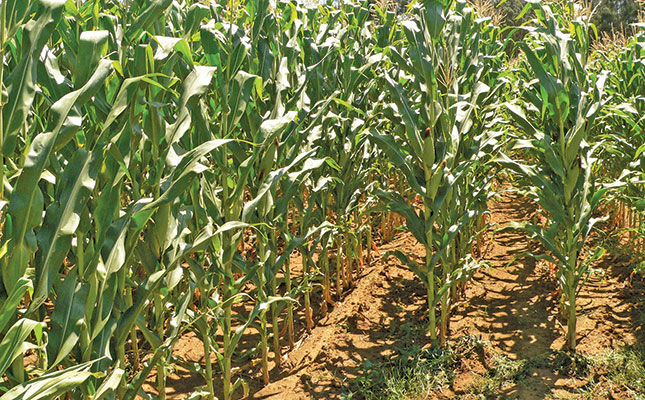
Sihlobo said the robust tractor sales seen since the start of the year, prospects of yet another La Niña weather system, albeit weaker than last season’s, and relatively high commodity prices supported an increase in hectarage earmarked for grains and oilseeds.
According to the National Crop Estimates Committee’s latest statistics, commercial producers had expressed the intention to plant almost 2,6 million hectares of maize in 2023, which was 1,2% (32 000ha) less than the just over 2,62 million hectares of the previous season.
Indications were that farmers planned to plant just over 1,5 million hectares to white maize, 73 000ha (4,6%) less than in the previous season. In the case of yellow maize, the expected plantings were about 1,09 million hectares, 41 000ha (3,9%) more than in the previous season.
For sunflower seed, the expected area plantings were predicted to reach 580 500ha, 13,4% (90 200ha) less than the 670 700ha planted in the previous season.
The intended plantings for soya bean indicated an increase of 16,2%, or 150 200ha more than the previous season’s 925 300ha. The total number of hectares earmarked for this crop in the upcoming season was almost 1,08 million hectares.
The plantings for groundnuts were expected to decrease by 20,5% or 8 900ha, from 43 400ha to 34 500ha. In the case of sorghum, plantings were expected to decrease by 11% or 4 100ha to 33 100ha, compared with the 2021/22 season.
The expected plantings for dry beans were estimated at 37 200ha, which were 13,3% or 5 700ha less than in the previous season.
According to Derek Mathews, chairperson of Grain SA, the good rainfall forecast for the 2022/23 season had played a major role in the area that farmers intended to plant to crops, despite the sharp increases in input prices.
“However, despite the relatively high grain prices at the moment, the high input costs will result in smaller profit margins compared with the previous season. However, the high
soil moisture levels that will be carried over from 2022 to 2023, coupled with the expectations of rain, may well result in above-average yields and, consequently, higher volumes of grains and oilseeds,” he told Farmer’s Weekly.











